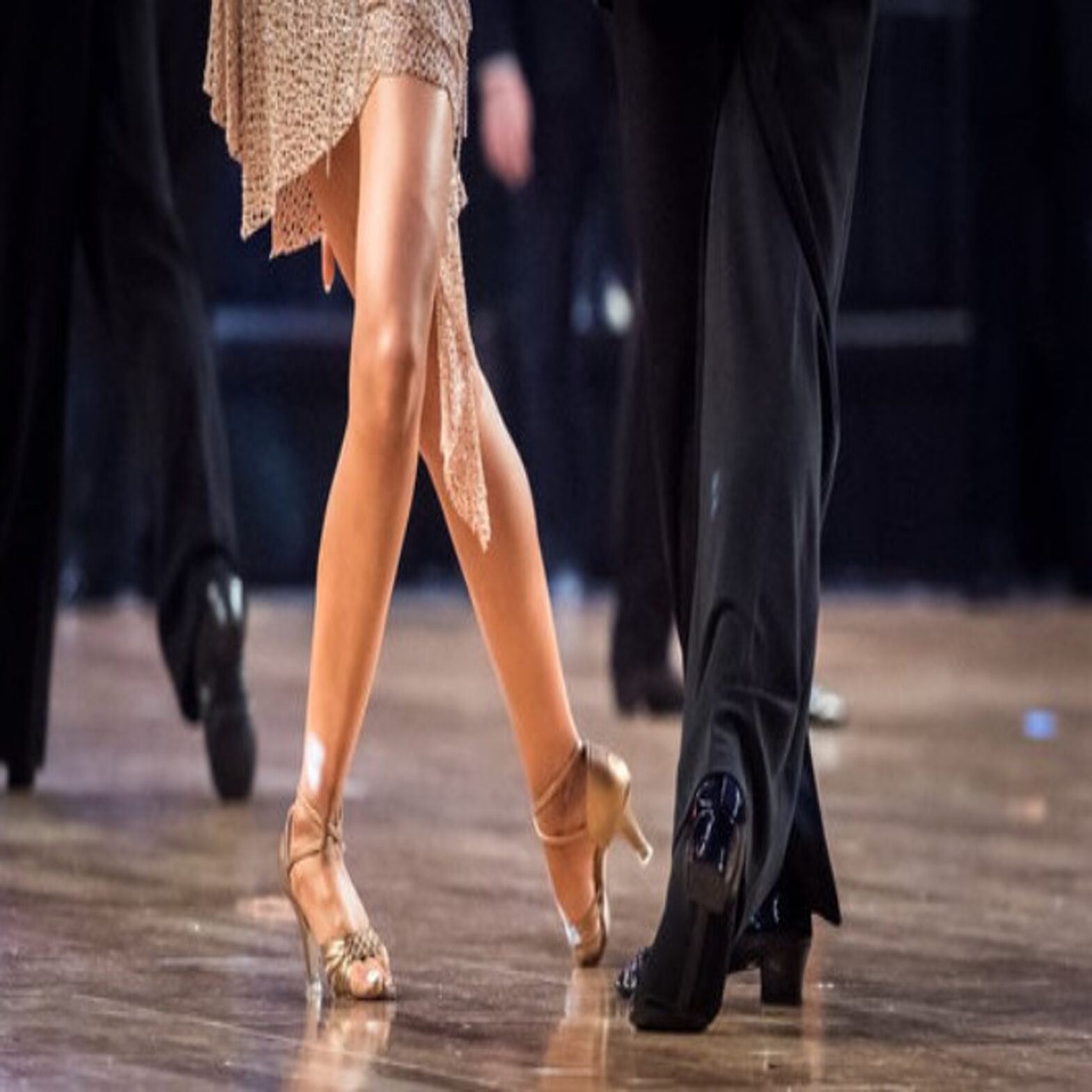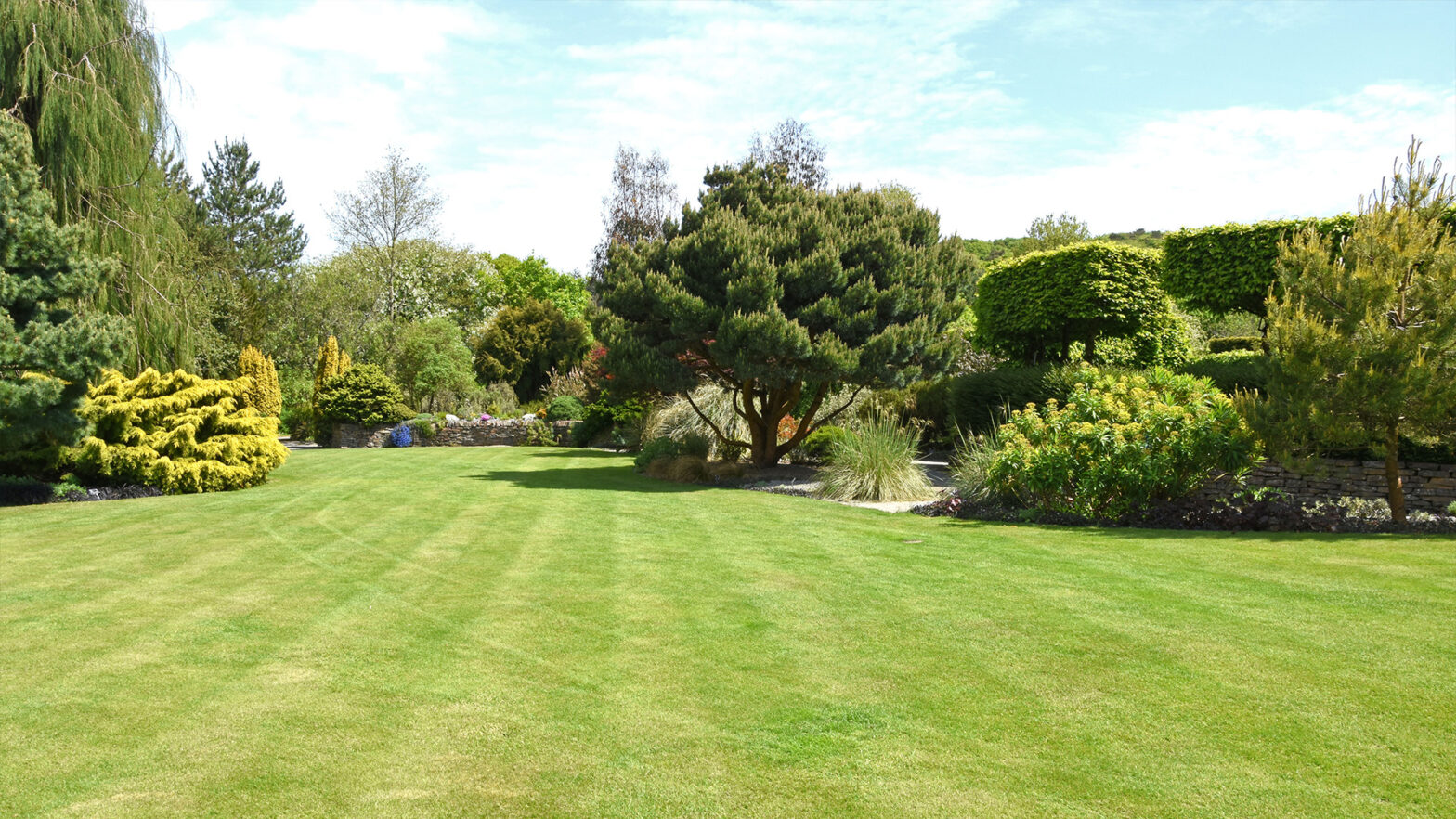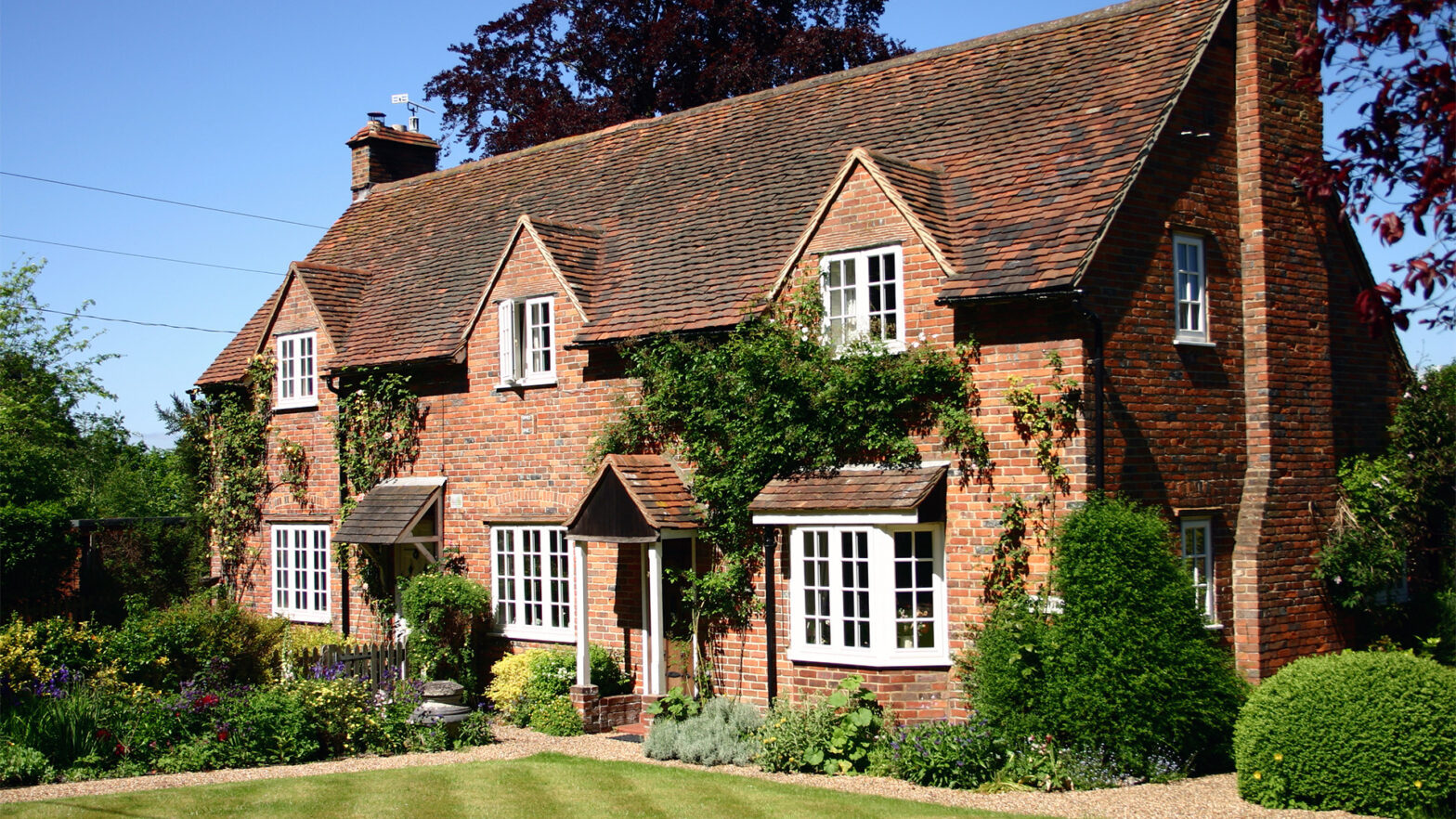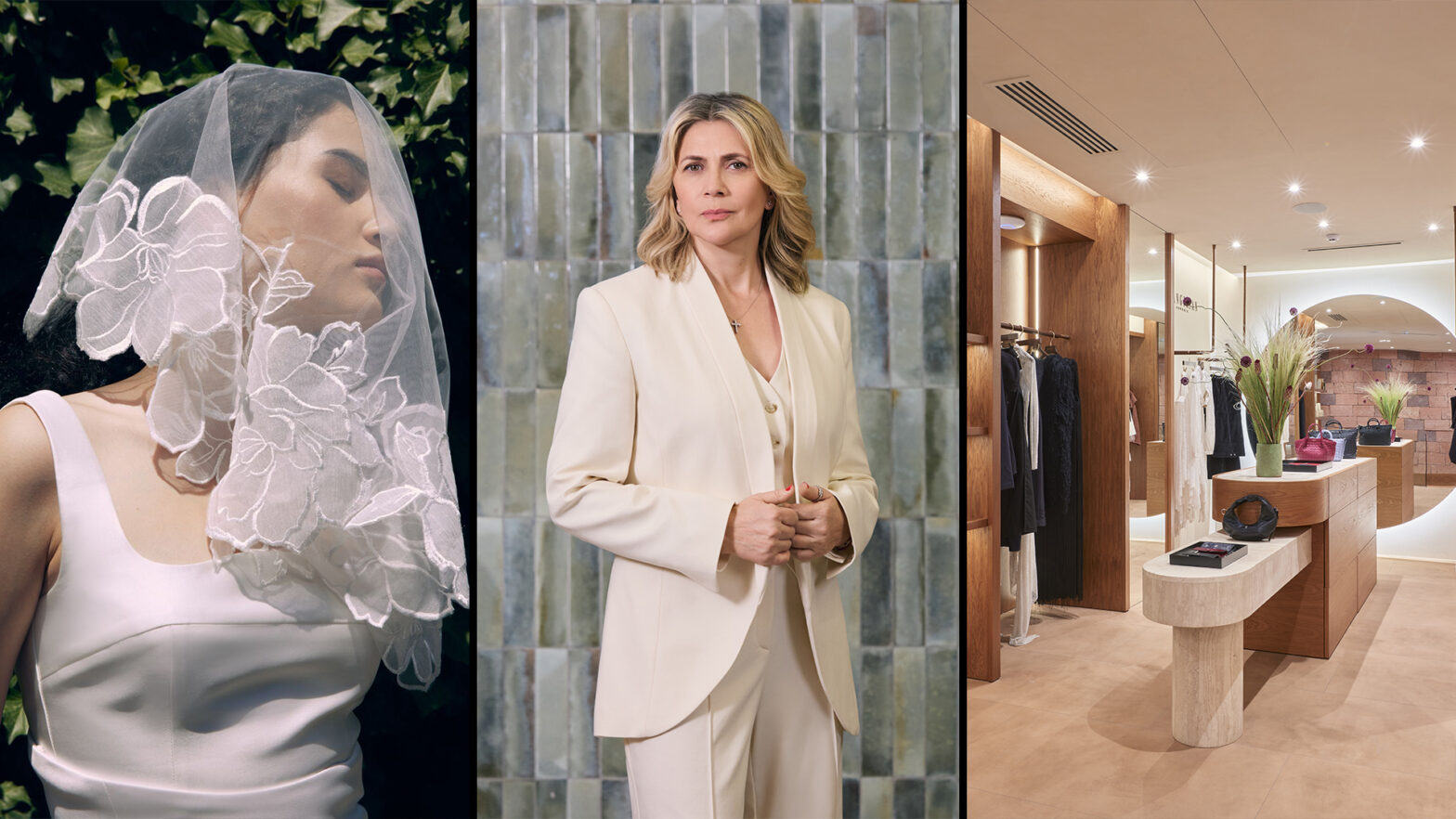When it comes to ballroom dancing, the fit of your shoes is crucial. Wearing ill-fitting Latin ballroom dance shoes can affect your performance and comfort on the dance floor. Properly fitted ballroom shoes ensure stability, control, and safety, allowing you to move confidently. So, how do you determine the perfect fit for your ballroom dance shoes?
The right fit in ballroom shoes is not just about comfort but about enhancing your dance abilities. Too tight or loose shoes can result in discomfort, poor foot control, and even injuries. Therefore, ensuring you have the right fit for your dance shoes is vital.
Guide on Ballroom Shoes Fit
If you want to buy ballroom dance shoes, you should focus on how well the shoes feel on your feet. Here is a guide to help you understand how ballroom shoes should fit:
Snug but Not Tight
A snug fit allows the shoe to provide support and control as you move. However, snug does not mean tight. Too tight shoes can cause blisters, limit blood circulation, and restrict movement, negatively affecting your performance.
Your toes should reach the end of the shoe. However, do not cramp or curl them. In open-toe styles, your toes can extend slightly beyond the edge without discomfort. Closed-toe shoes should provide enough room for your toes to spread naturally but not too much space for your feet to slide inside the shoe.
Arch Support and Flexibility
Ballroom shoes offer support while allowing maximum flexibility. The arch of the shoe is a critical area that must fit well. A properly fitted arch supports your foot during intricate dance moves and helps prevent strain or injury. When you try on your shoes, ensure the arch support feels natural and comfortable.
In addition, the shoe should offer flexibility, particularly in the sole. Ballroom shoes typically feature suede or leather soles, allowing controlled spins and glides on the dance floor. If the shoe is too stiff, it will inhibit movement and make transitions difficult. Conversely, overly flexible shoes can lack the structure needed for proper foot support.
Heel Fit and Stability
A well-fitted heel is just as important as the overall shoe fit. For both men and women, the heel height affects balance and stability. Therefore, the heel should feel secure, with no gap between your foot and the back of the shoe. If the heel slips, it can cause instability and lead to falls or awkward movements.
Beginners may want to start with lower heels for added stability, while advanced dancers may opt for higher heels for aesthetics and improved posture. Whatever the height, the key is that your heel fits snugly to avoid sliding or wobbling during your routine.
Padding and Cushioning
A certain level of padding and cushioning is essential. Padding helps absorb the impact of movements, making long hours on the dance floor less strenuous on your feet. The cushioning should support your heels, balls of your feet, and arches without feeling bulky.
If the shoes feel comfortable initially but lack proper cushioning, they might cause fatigue or pain after extended use. Therefore, ensure the shoes have adequate padding without compromising the snug fit necessary for optimal performance.
Breaking in Your Shoes
Even if your ballroom shoes fit perfectly when you first try them on, some breaking in is usually required. The material will stretch and mold to your feet as you wear them, offering a more customized fit. This process should not take too long if the dancing shoes are correctly sized, but wearing them around the house or during a few practice sessions can help.
Customizable Fit Options
Many ballroom dancers opt for shoes with adjustable straps or laces, allowing them to fine-tune the fit. Adjustable straps, especially on Latin-style shoes, help secure the shoe on your foot, preventing it from shifting during spins or complex movements. If you are between sizes, shoes with adjustable features offer a practical solution to ensure a better fit.
Final Thoughts
A proper fit is essential for ballroom shoes to perform well and stay comfortable. From snugness to arch support and heel stability, all aspects of the shoe need to work together to provide the best support. When shopping for ballroom shoes, try on multiple pairs, move around, and ensure every fit aspect feels right before making your final choice. Your feet—and your dance performance—will thank you!




















